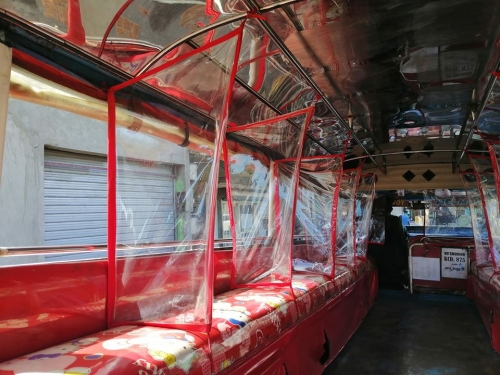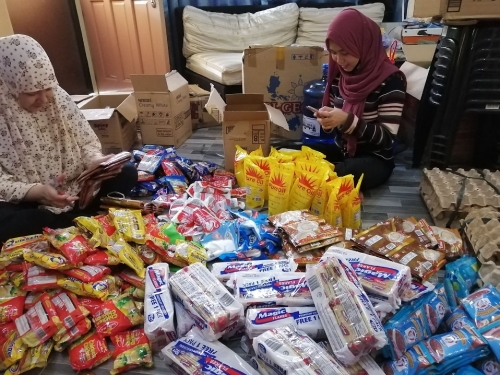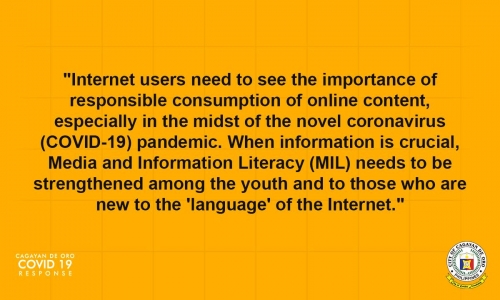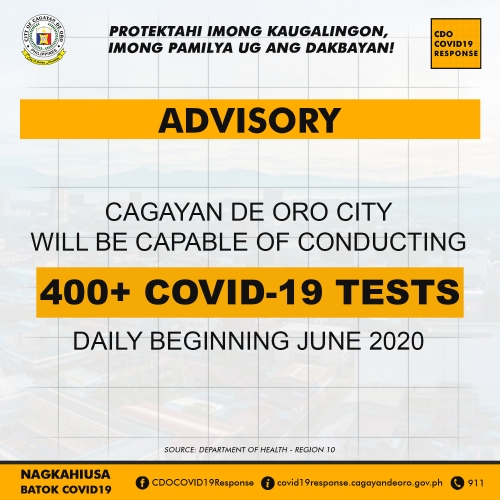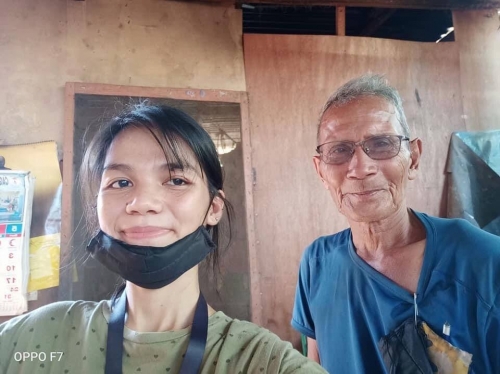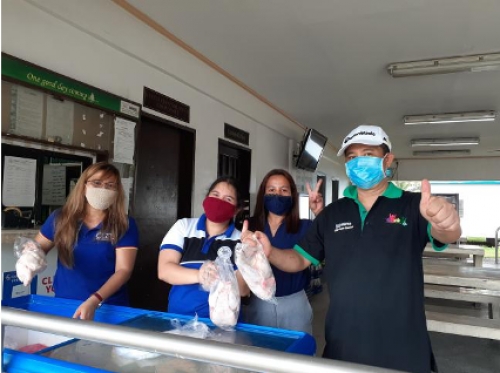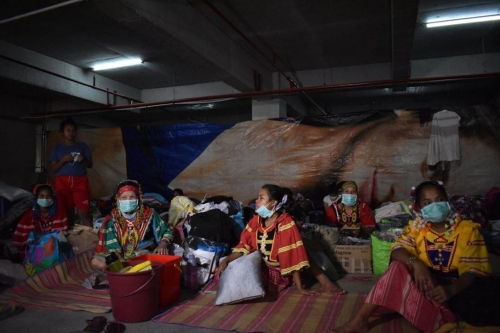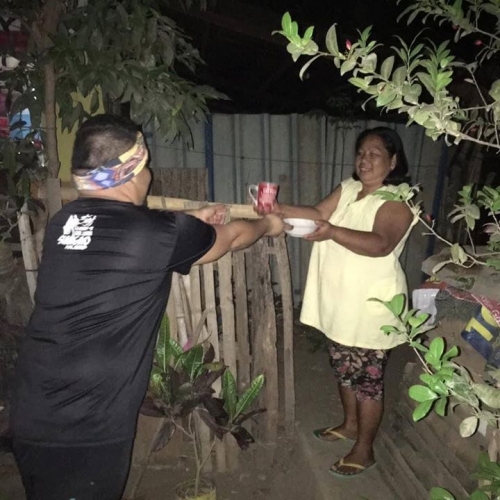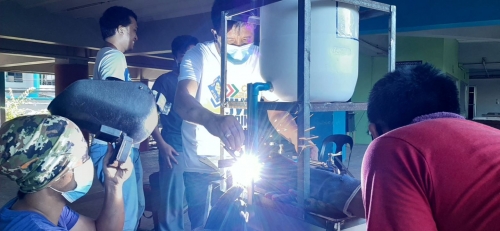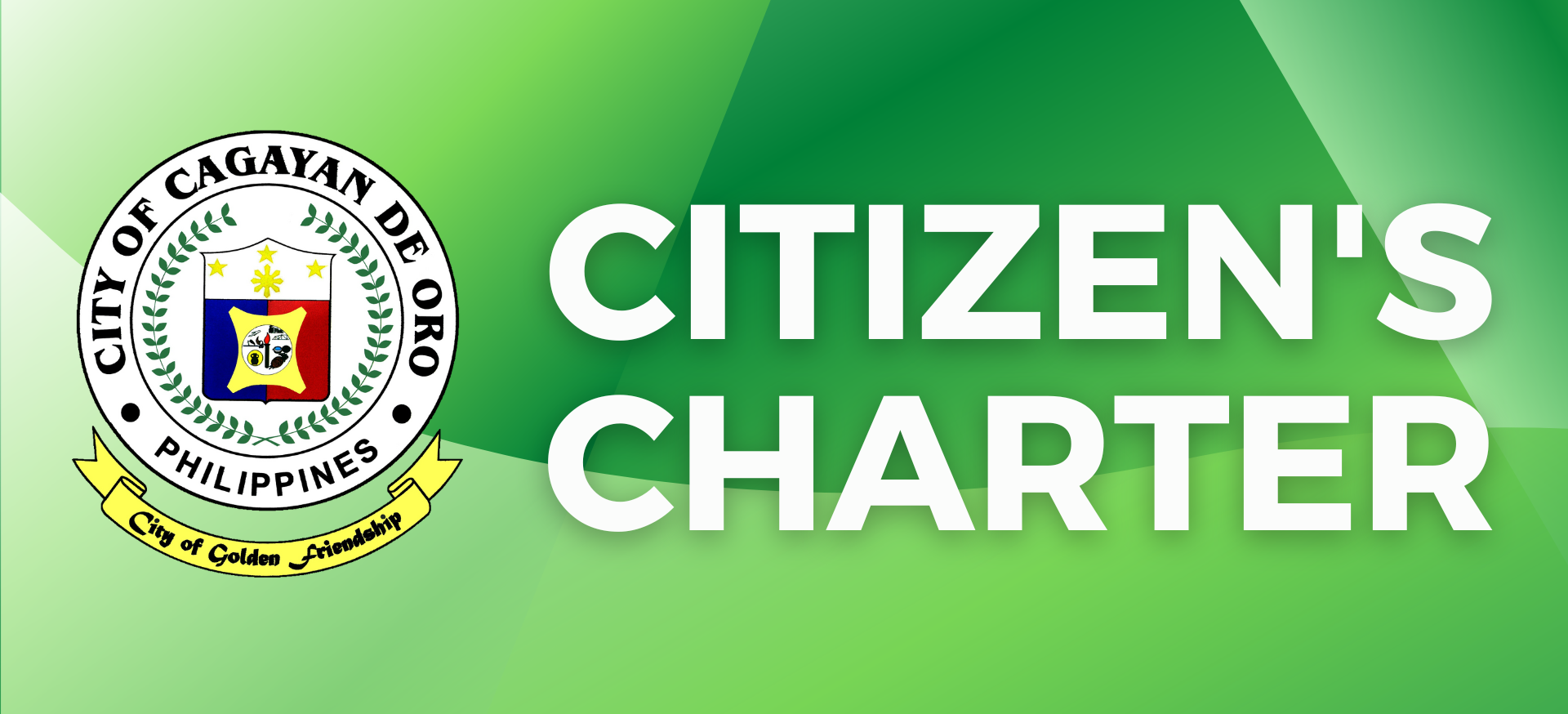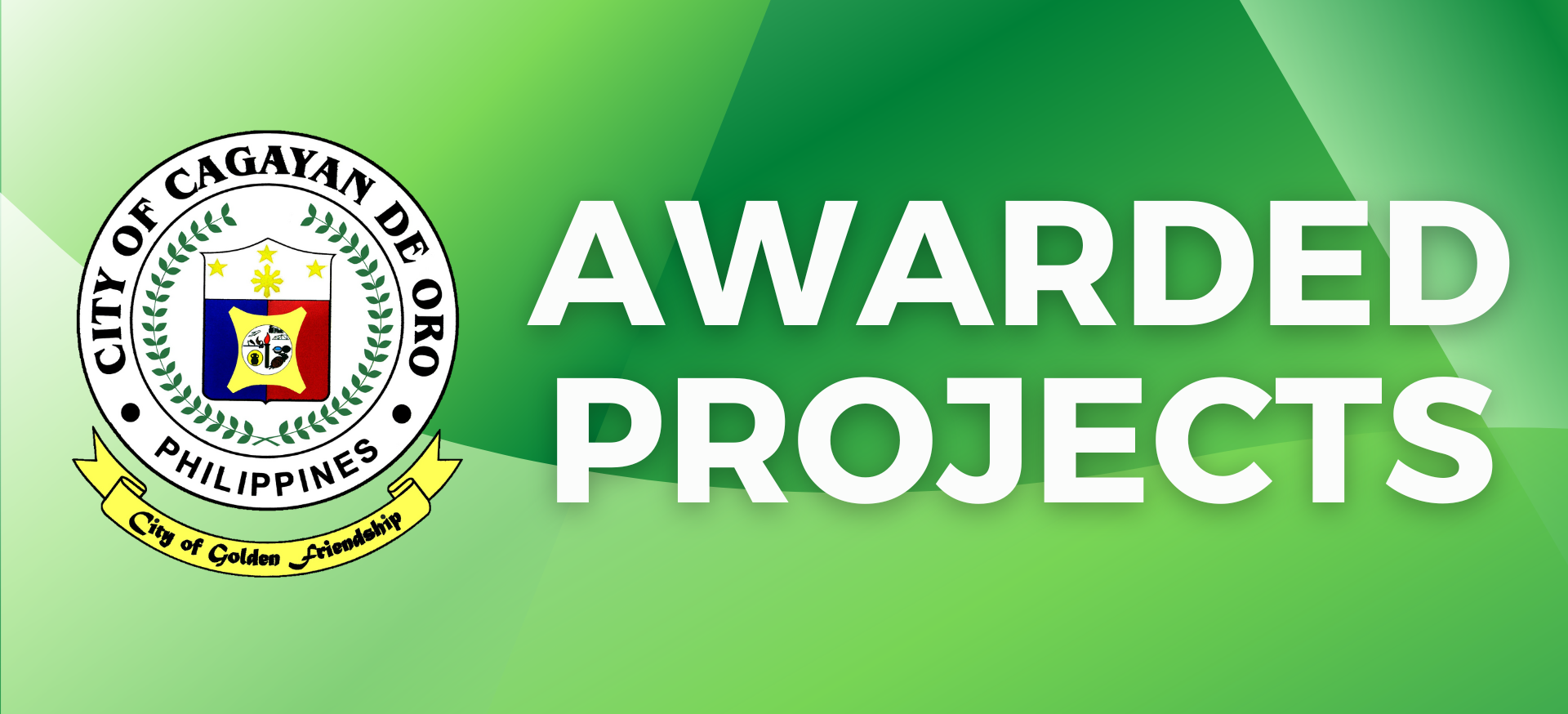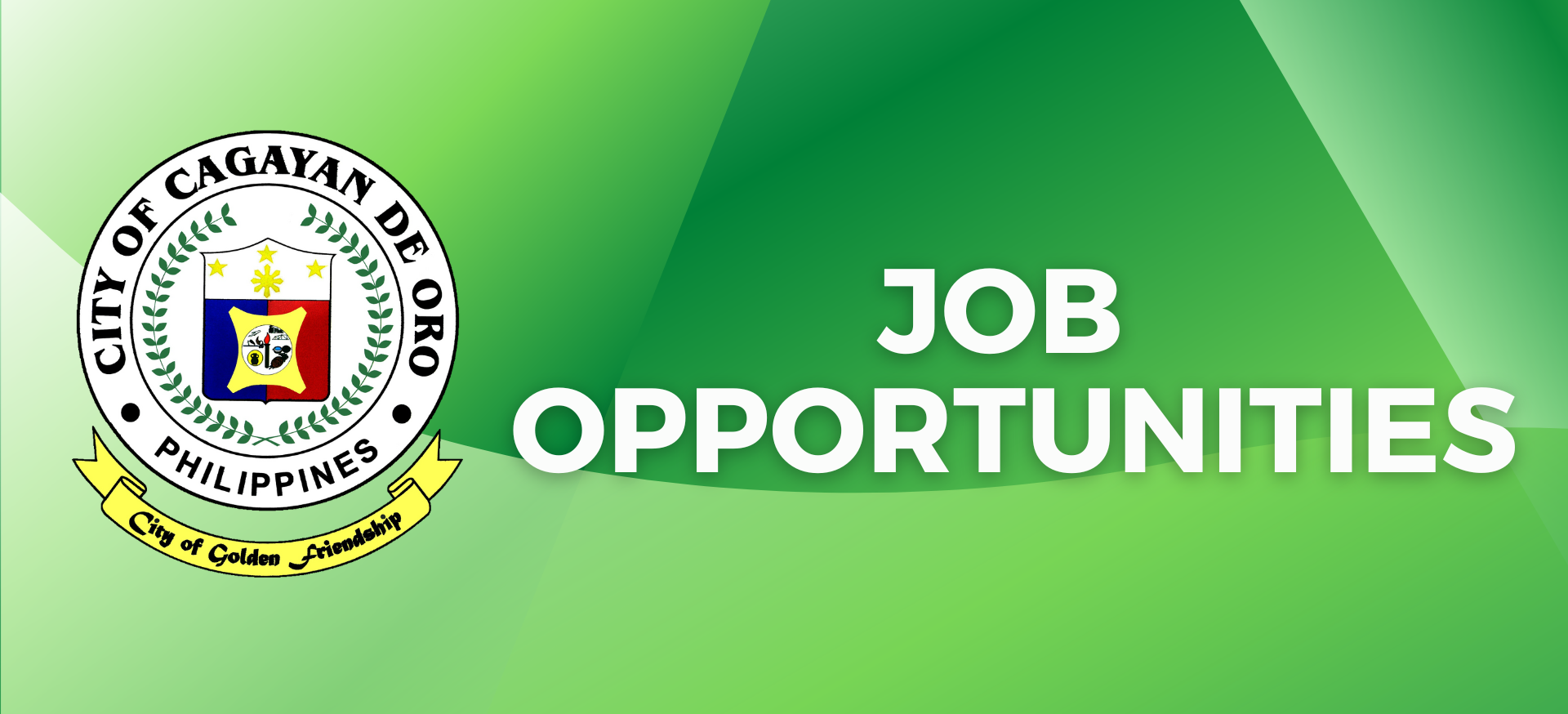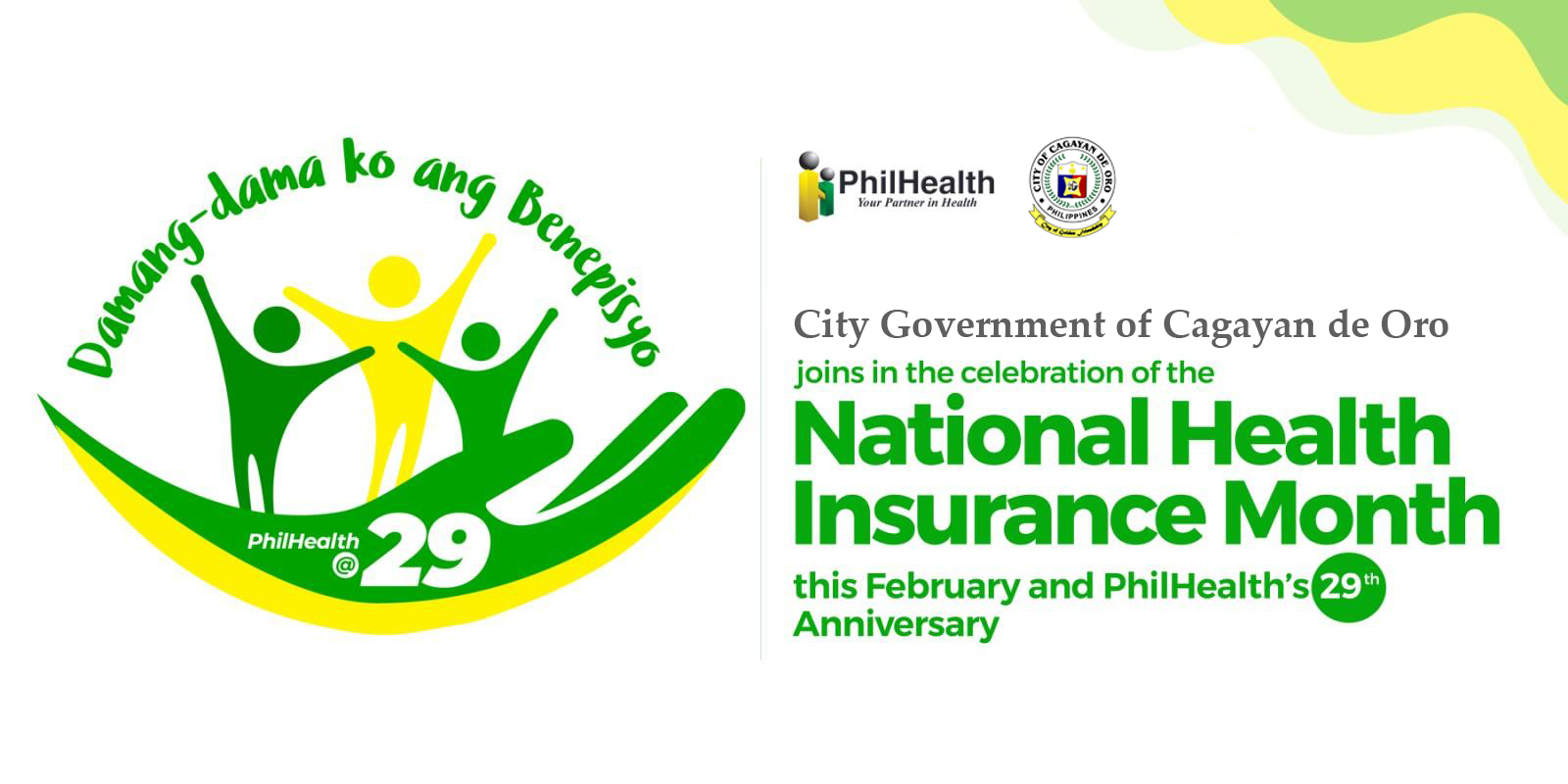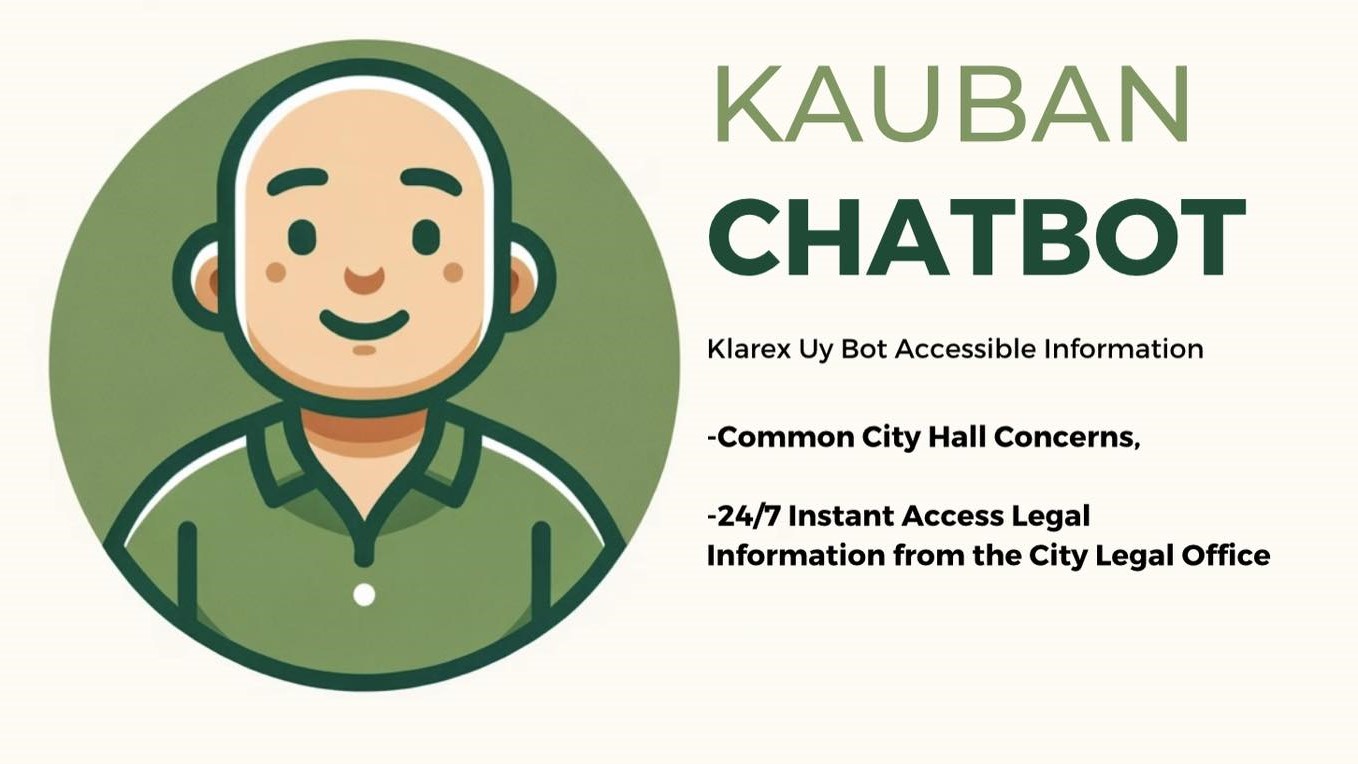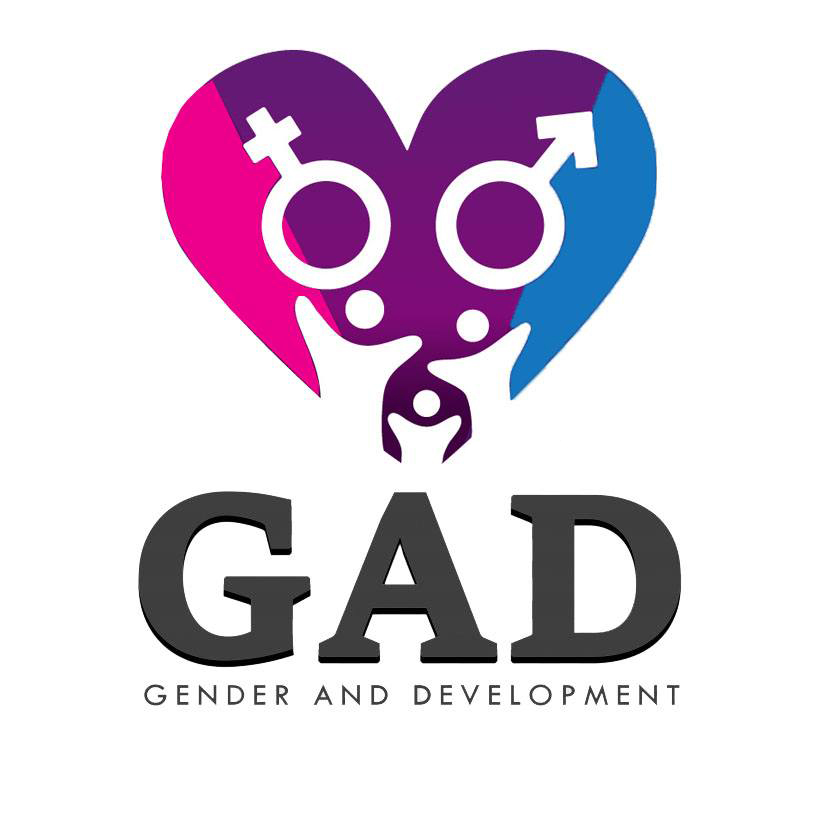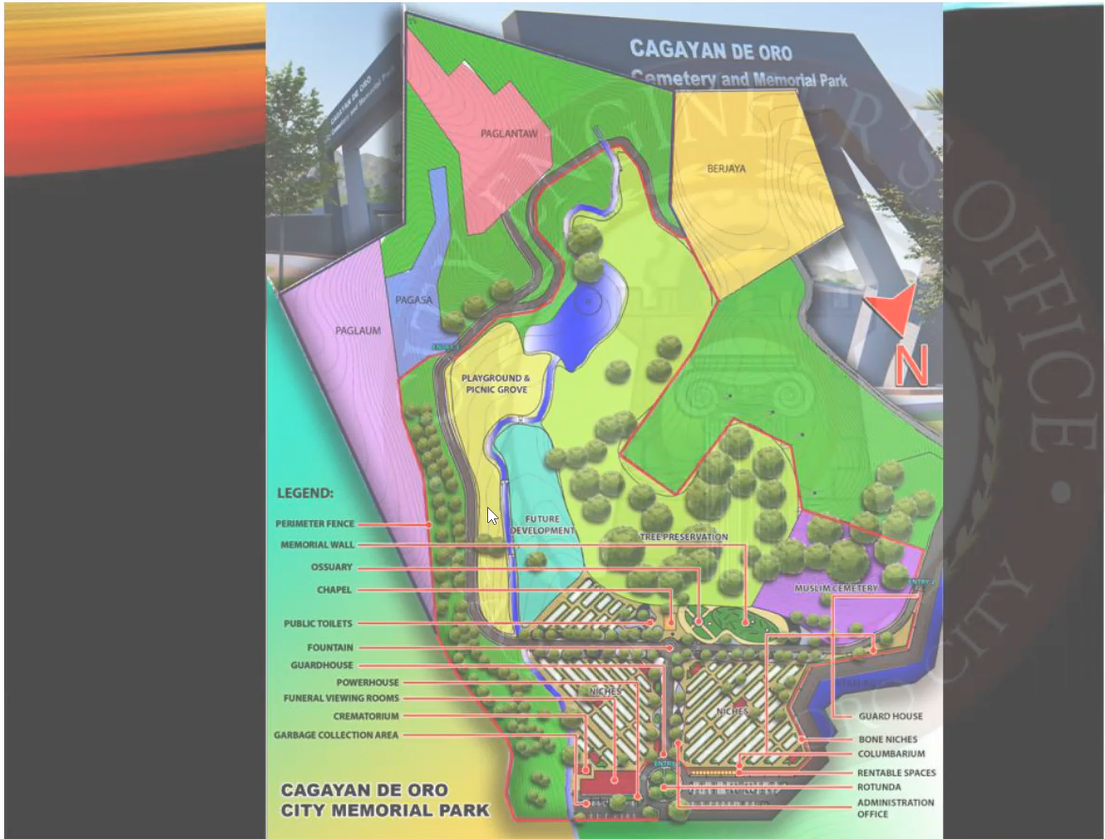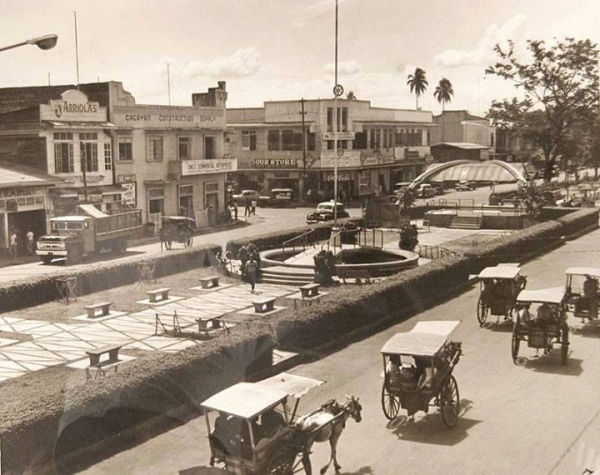COVID-19 Reflection: How long does the virus stay on plastics?
COVID-19 Response: The ‘Youth Da’wah for Peace’ story



COVID-19 Reflection: The Pandemic and the Democratization of Media



CDO capable of processing over 400 COVID-19 tests starting June 2020
The Department of Health - Region 10 said that the COVID-19 testing centers in Cagayan de Oro City will be able to process 400-500 tests daily beginning June 2020.
Medical personnel from Northern Mindanao Medical Center (NMMC), DOH Regional Office, and Polymedic Medical Plaza will undergo training this week on the processing of swab samples of suspected COVID-19 cases, to be conducted by the Research Institute for Tropical Medicine (RITM) and the World Health Organization (WHO).
Out of the 22 medical staff members, 10 will come from the DOH Tuberculosis Reference Center, six from the NMMC, and six from the Polymedic Medical Plaza. Later on, the medical technologists of the JR Borja Memorial City Hospital and the City Health Office will join the training so they can also conduct other forms of RT-PCR (Reverse Transcription - Polymerase Chain Reaction) machine testing.
“We are handling live virus so we need to ensure the safety of both the medical personnel processing the samples and the hospital itself,” said Dr. Ian Gonzales, chief of the DOH-10 Infectious Diseases Cluster during the May 16 press briefing.
NMMC spokesman Dr. Bernard Rocha confirmed that their recalibrated Xpert Xpress machine can process 36 to 48 tests daily and they expect the cartridges to arrive for the one-day test run followed by the actual processing of swab samples this week.
The testing facilities in the city are set to fully operate once the bio-safety renovations are finished. Bio-Safety Level II is required under the WHO standards.
City Mayor Oscar Moreno shared earlier that two RT-PCR machines will be installed at the DOH-10 TB lab and the third RT-PCR machine will be lent to the NMMC. Meanwhile, Polymedic Medical Plaza will acquire its own RT-PCR machine.
“You simply cannot transfer these machines like cabinets back to the city,” Moreno said. “The laboratories that house these machines are built based on WHO standards [as] they are dealing with a live virus.”
Kagay-anon youth helps elderly garbage collector enlist for Social Amelioration Program



CDO #CoopHEROtives: Sparking courage, forging solidarity










COVID-19 Reflection: How about the Lumad?

Brgy Canitoan creates mobile kitchen for residents


COVID-19 Reflection: Solidarity among Kagay-anons




Moreno order re-structures ‘LGU Task Force Against COVID-19,’ sets 4-Step General Protocols
- Step 1: Contact Tracing. Task force agents, after receiving a report of a confirmed, suspected, or probable case, shall identify and verify the probable contacts, such as (a) the household members; (b) intimate partners; (c) individuals providing care for the households; and (d) individuals who have close contact (closer than six feet for the prolonged period of 20-30 minutes).
- Step 2: Isolation. If the probable and suspected cases or contacts start to show symptoms akin to COVID-19, the task force shall refer the case to the appropriate hospital. Individuals with mild symptoms are referred to Level 2 Hospitals, while those manifesting severe symptoms are transferred to Level 3 or Level 4 Hospitals.
- Step 3: Testing. Infected individuals exhibiting mild symptoms and even those asymptomatic must be admitted. Provinces and highly-urbanized cities, like CDO, are mandated to put up 1,000 bed capacity isolation facilities to cater to possible surge of cases.
- Step 4: Reintegration or Referral. After the results of a credible test, the LGU must facilitate the reintegration of the person to the community if the result is negative or refer the case to the appropriate facility if the result is positive. The LGU shall also provide the person with psychosocial support.








 World Health Organization
World Health Organization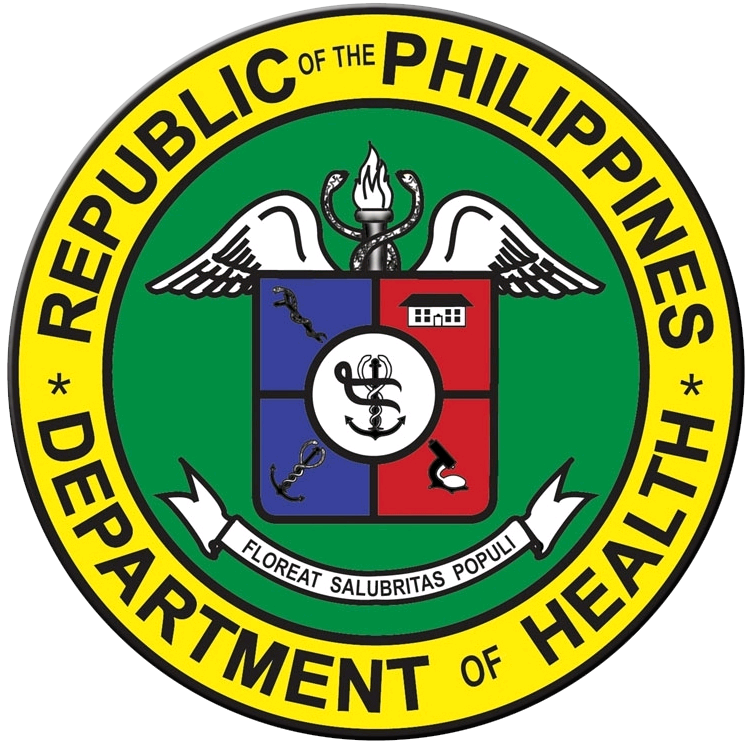 Department of Health
Department of Health 


